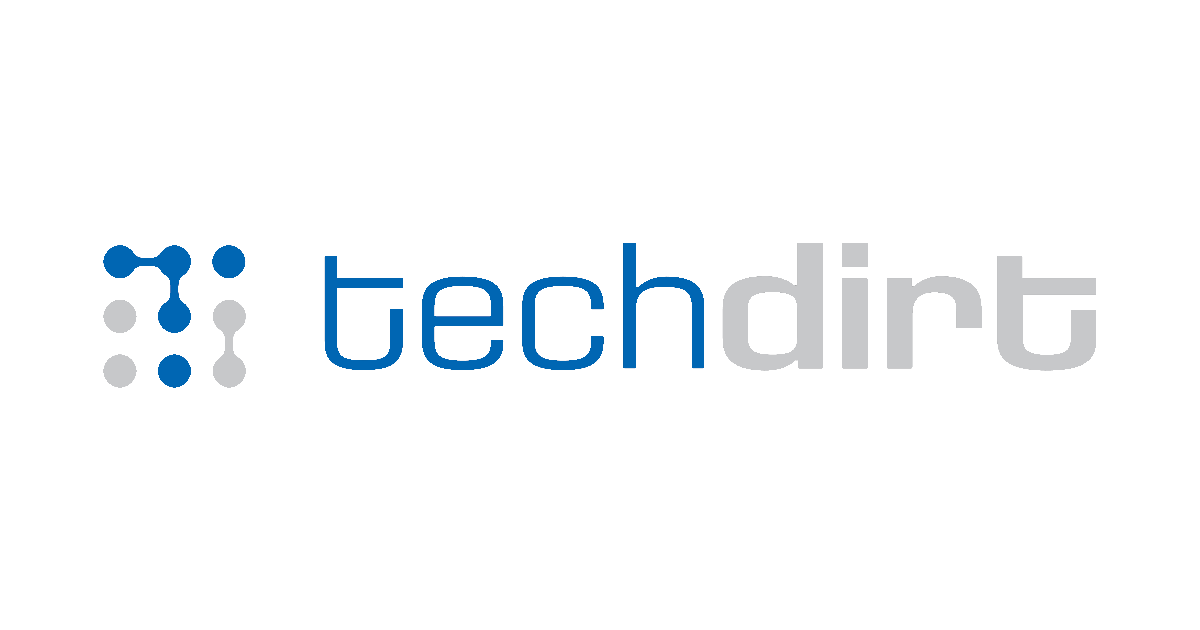
As Site Blocking Is Increasing, European Commission Subtly Slaps Down Italy’s Piracy Shield
Balancing IP Protection and Digital Rights: Lessons from Europe's Site-Blocking Debate
The European Commission's recent critique of Italy's Piracy Shield initiative has sparked fresh discussions about the delicate balance between protecting intellectual property rights and maintaining digital freedoms. This development highlights the growing complexity of IP protection in our interconnected digital world.
Understanding the Context
The Italian Piracy Shield represented an aggressive approach to combat online piracy through widespread site blocking. However, the European Commission's response suggests that such broad measures may need more nuanced implementation to avoid overreach and potential misuse.
The Challenge of Modern IP Protection
Today's intellectual property landscape faces several key challenges:
- Rapid digital content distribution
- Complex cross-border enforcement
- Need for immediate action against infringement
- Maintaining transparency and due process
- Establishing clear ownership proof
Blockchain: A More Balanced Approach
While traditional site-blocking measures face scrutiny, blockchain technology offers a more sophisticated solution for IP protection. Rather than relying solely on restrictive measures, blockchain provides transparent, verifiable proof of ownership and usage rights.
How Blockchain Certification Makes a Difference
Modern IP protection requires solutions that are both effective and respectful of digital rights. Blockchain certification systems provide:
- Immutable timestamp proofs of creation and ownership
- Transparent verification processes
- Decentralized record-keeping
- Court-admissible evidence of IP rights
- Real-time proof of authenticity
Implementing Future-Proof IP Protection
Forward-thinking businesses are increasingly turning to blockchain-based solutions that offer:
- Immediate certification of new intellectual property
- Tamper-proof historical records
- Global accessibility for verification
- Automated timestamp proofs
- Clear chain of ownership documentation
Best Practices for Modern IP Protection
To effectively protect intellectual property while respecting digital rights:
- Establish clear ownership documentation early
- Maintain verifiable timestamps of creation and modifications
- Create immutable records of IP assets
- Enable transparent verification processes
- Build a strong foundation of evidence
Taking Action
As the European situation demonstrates, traditional IP protection methods are evolving. Businesses need to adapt by implementing solutions that combine robust protection with transparency and verifiability. Explore how blockchain certification can strengthen your IP protection strategy and provide court-admissible proof of ownership when you need it most.